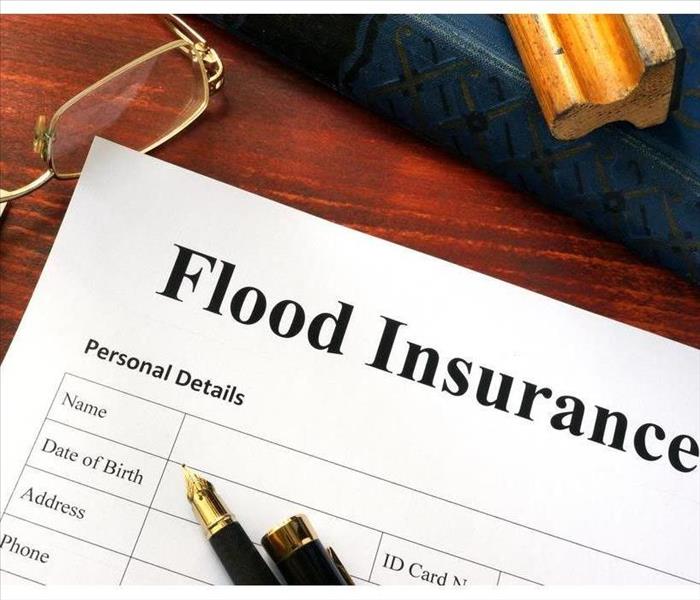Key Differences Between Storm Damage and Flooding
4/18/2022 (Permalink)
The Significant Differences Between Storm Damage And Flooding
Business owners in Graham, WA, know the unexpected will eventually happen, which is why staying on top of insurance coverage is essential. When the next big storm hits, understanding what your unique policy covers ensures a smoother process. An important element of that is knowing the difference between flood damage and storm damage.
Storms vs Floods
While both may unleash excessive amounts of water, which often requires the help of a storm and water damage restoration professional, the source of the water and other factors determine the type of damage. The following are considered aftereffects of a storm and are typically covered:
- Torrential rains and thunderstorms
- High winds
- Tornadoes
- Ice, hail and snow
When it comes to flood damage, most businesses will need extra insurance to cover the damage. Flooding happens from:
- Inland rivers, lakes or other waterways overflowing
- Tidal waves and hurricanes
- Rapid and extreme rainwater accumulation
- Ice or snow suddenly melt
- Surface water runoff
- Landslides or mudslides
Dirty Nature of Floods
While any unexpected water may have contaminants, floodwaters are considered Category 3 water, also known as black water. This type is highly contaminated and may pose health risks. Depending on the source of the flood, it could be carrying sewage, organic matter, pesticides and other substances that require careful cleanup.
According to FEMA, it is considered a flood if two or more acres of land that is usually dry is partially or completely saturated or it affects more than two properties. Since the cleanup and restoration is often much more extreme, it is recommended that businesses in flood-prone areas get additional insurance coverage.
After the storm hits, it is not also easy to tell if you are dealing with storm or flood damage. Knowing a few basics of how they are categorized makes it easier to prepare for the cleanup process and helps the claims process be clearer.



 24/7 Emergency Service
24/7 Emergency Service
